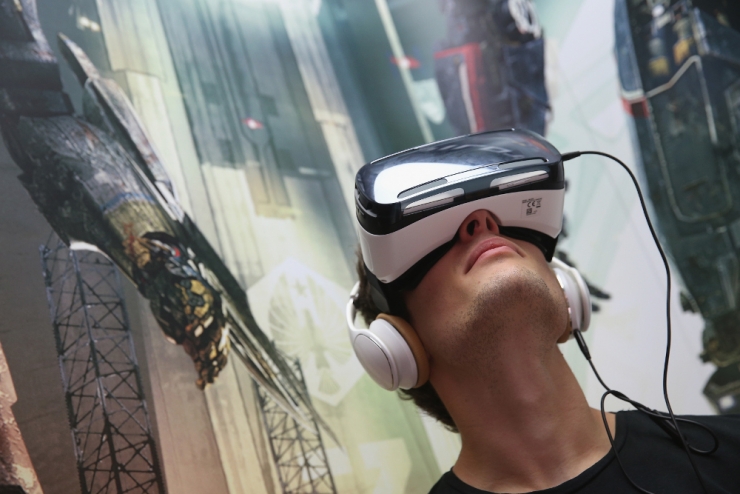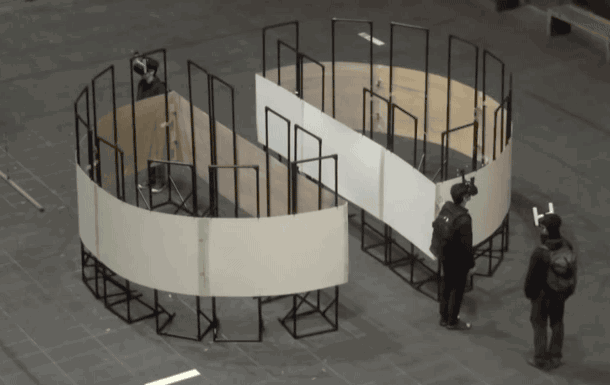Redirected Walking (RDW) is a simple but misleading idea: If a VR game can deceive you around but you do not feel it, just feel that you are still going straight. What will happen?
This is part of a "hyper-reality" project that The Void and some university laboratories are working on. Simply using language to describe this matter may be too vague. So we prepared a video. A video of a university in Tokyo showed the design of the “Endless Gallery†at last week’s Siggraph show. The building is actually made up of two semi-circular walls. Experiencers in the video experience a whole endless corridor.
(Video please click: Portal )
What is the principle of this? The common method used in the past was "reorientation." By misaligning the perspective of the experiencer with the orientation of the actual world, the purpose of misleading the experiencer is achieved. However, this method is highly likely to cause the experiencer to have VR dizziness.

So the second scheme was released, which is the scheme demonstrated in the video. This scenario is based on the fact that people feel themselves walking straight when they close their eyes, but in reality the curve is about 22 meters in radius. Although in general there is not much space to directly use this characteristic of people to achieve the purpose of RDW. But combining visual misguidance with haptic feedback can be achieved, as demonstrated in the video above. Vision plays a misleading role, and tactile sensations further enhance this misdirection, and the footprint of the entire device is only about 7m by 5m.

The middle channel allows the user to make turns in the virtual world and correct errors that the user makes during walking. Of course, the video also shows that this channel also helps improve the multi-user experience. It staggers different users by opening and closing doors, avoiding them colliding in the virtual world.
This experience demo can support multiple people joining at the same time, and can avoid contact with each other through algorithms. In terms of form, it is very novel and also the most lonely demo in the world—because people from different experience are very close, they may not have contact in the virtual world for a lifetime.
Sensor structure:
A lens collects light of a particular color, and a color filter filters light of other colors, projecting one color onto the area
Connection mode of Sensor and substrate:
COB: Module takes the sensor die and connects the sensor to the substrate through the gold wire.
CSP/TSF: Sensor is connected to the substrate and packaged when shipped.
IR Cut and Blue Galss:
The function of IR Cut is to filter out the light frequency invisible to human eyes (reflected back). What human eyes can see is 400~700nm.
Blue Glass absorbs infrared rays, which are not easy to be reflected internally
The Image circle of the Lens needs to cover the sensor's sensitive area
Lens shading:
A condition in which light is unevenly distributed, such as when the center is lit and the outside is dimmed. This is mainly because most of the light is concentrated in the middle, and because different wavelengths of light are imprinted in different places
FOV:
The lens Angle of the module must be the same as that of the lens; otherwise, when the lens Angle is too large, dark Angle may appear.
Blink Sync Module,Thermal Camera Module,Raspberry Pi Noir Camera,Thermal Imaging Module
Tonya Display Limited , https://www.tydisplay.com